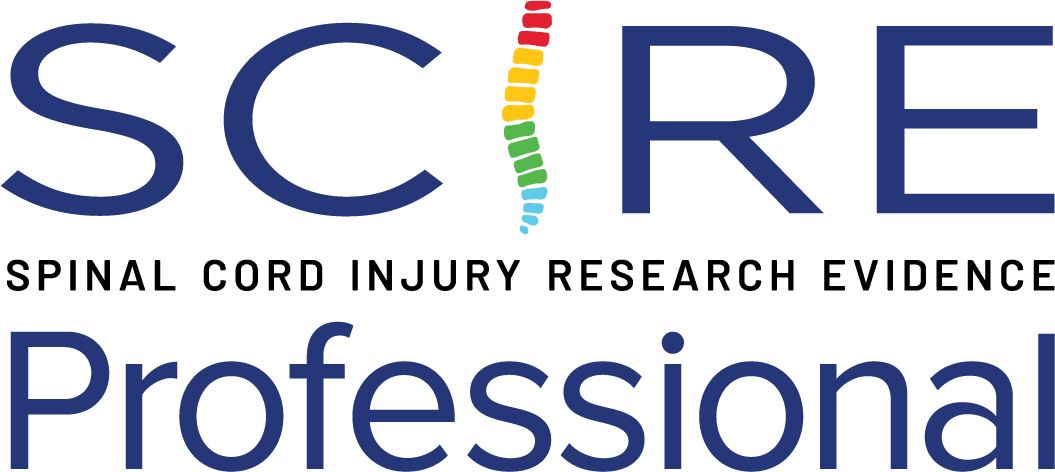Acute Intermittent Hypoxia (AIH)
Acute intermittent hypoxia (AIH) refers to brief (acute), repetitive (intermittent) episodes of breathing oxygen-deprived air (hypoxia) alternating with breathing ambient room air (Tan et al. 2020). AIH is a novel, noninvasive means to induce spinal plasticity, strengthening spared pathways to motoneurons after incomplete SCI (Hayes et al. 2014). Previously, studies have shown AIH triggers rapid mechanisms of neuroplasticity and improves respiratory and non-respiratory motor function in rats with cervical SCI; recent studies have provided foundational support that AIH also induces improvements in breathing capacity, lower limb, and upper limb function in people with SCI (Tan et al. 2020).
Discussion
Two RCTs testing the effects of AIH on standing balance have been conducted in people with chronic incomplete SCI (albeit using the same participants and protocol in both studies; Navarrete-Opazo et al. 2017a; Navarrete-Opazo et al. 2017b). Navarrete-Opazo et al. (2017a) found that daily AIH, along with BWSTT, elicited a greater walking speed and endurance, but not up-and-go time, compared with the sham intervention plus BWSTT. Navarrete-Opazo et al. (2017b) found that daily intermittent hypoxia (IH), along with BWSTT, elicited a faster turning duration, cadence during a 180 turn, and turn-to-sit duration, but not changes in standing balance measures (normalized jerk and root-mean-square instrumented sway parameters), compared with the sham protocol plus BWSTT.
Other studies have shown that a single AIH treatment enhances motor behaviors important for functional walking (Tan et al. 2020) and lower limb strength (Trumbower et al. 2012; Tan et al. 2020; Lynch et al. 2017; Sandhu et al. 2019). Despite the potential for AIH as a treatment for SCI, further research is necessary to understand the treatment’s enduring effects in a large cohort of people with SCI (Tan et al. 2020). Several studies involving animal models and non-SCI humans show IH protocols that involve less than 9% oxygen concentration and episodes that exceed 48/day result in serious pathologies across multiple physiological systems simultaneously (Tan et al. 2020). Thus, moving toward clinical translation will require careful consideration of AIH devices and delivery methods that prevent administration of more severe protocols (Tan et al. 2020).
Conclusions
There is level 2 evidence (from 2 RCTs: Navarrete-Opazo et al. 2017a; Navarrete-Opazo et al. 2017b) that an IH protocol followed by BWSTT produces a greater walking speed and endurance, and a faster turning duration, but not up and go time, or changes in standing balance measures compared with a sham intervention followed by BWSTT; in patients with incomplete and chronic SCI.
